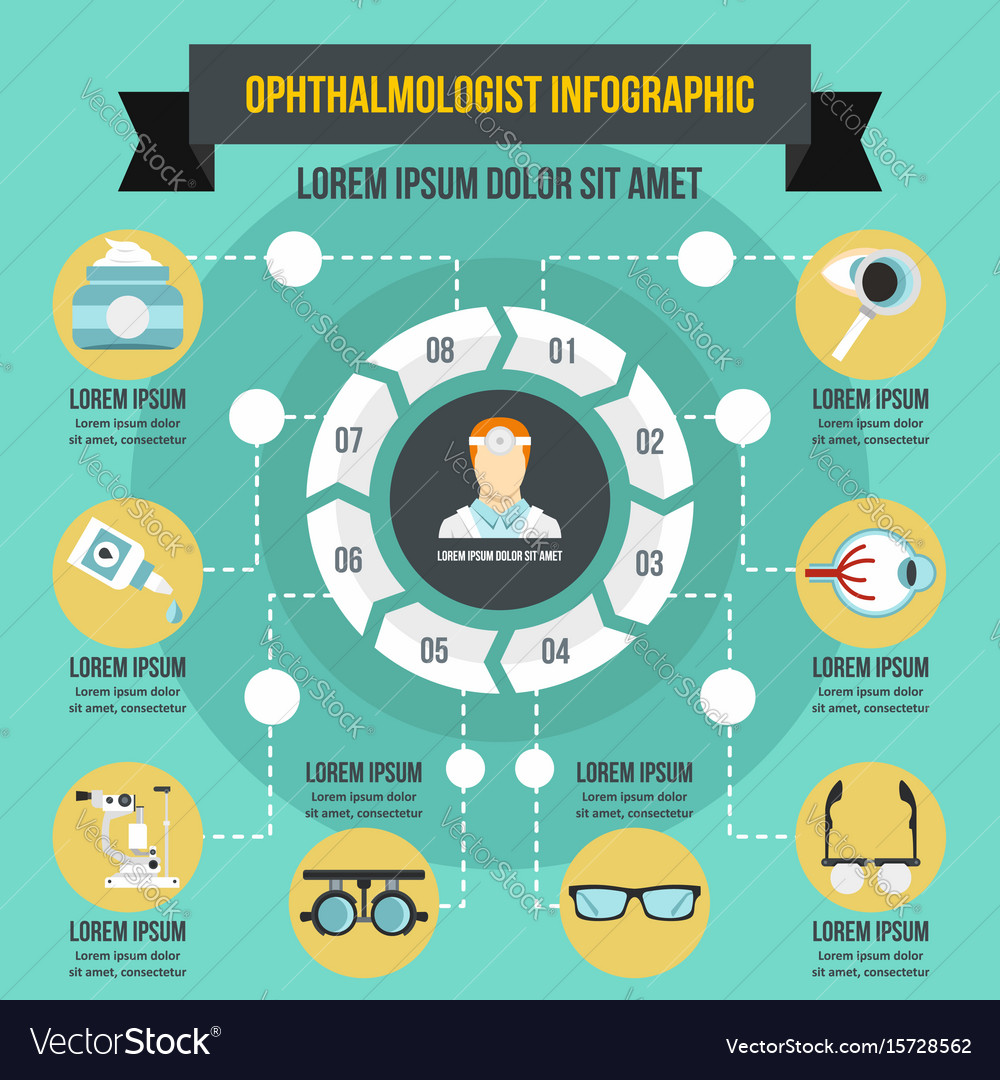Comparing Traditional And Cutting-Edge Techniques To Glaucoma Management
Comparing Traditional And Cutting-Edge Techniques To Glaucoma Management
Blog Article
LASIK Financing For Your Patients -Hartvig Brask
Did you know that the advancement of glaucoma treatment techniques spans centuries, including both conventional treatments and advanced developments? From old herbal mixtures to innovative Minimally Invasive Glaucoma Surgery methods, the range of options is vast. As you delve into the complexities of typical versus ingenious techniques, you may discover unexpected insights that test standard point of views on treating this common eye problem.
Historical Evolution of Glaucoma Treatments
The historical advancement of glaucoma therapies dates back to ancient civilizations where different remedies were used to take care of the problem. In old Egypt, as an example, therapies entailed a mixture of honey, fat, and sour milk put on the eyes. The Greeks and Romans likewise added to very early glaucoma treatments with a focus on topical applications and dietary interventions. Throughout background, varied cultures created special strategies to relieve the signs of glaucoma, typically rooted in herbal solutions and superstitious notions.
As time proceeded, innovations in clinical understanding caused more methodical strategies to treating glaucoma. In the Middle Ages, Arabic scholars made considerable contributions by studying the makeup of the eye and creating surgical strategies to deal with eye problems. These early innovations laid the foundation for modern-day glaucoma therapies that we've today. Understanding the historic context of glaucoma therapies gives beneficial insights into the constant development and refinement of medical techniques over the centuries.
Contrast of Typical Approaches
In comparing typical approaches for dealing with glaucoma, take into consideration the historical contexts and effectiveness of different treatments.
LASIK Pain for glaucoma have developed over centuries, from ancient practices like using honey and a glass of wine to extra recent developments such as eye declines and surgical procedures. Historically, solutions like the application of leeches or natural mixtures were utilized to minimize signs, yet their performance was limited.
As time advanced, methods like iridectomy, where a part of the iris is removed, became preferred for lowering intraocular pressure. Some traditional techniques, like using oral medications to lower eye pressure, have actually stood the test of time and are still used today. Nevertheless, these therapies often come with side effects and may not be as efficient as contemporary options.
It's necessary to weigh the historic value of conventional glaucoma treatments against their efficiency in the context of existing clinical advancements.
Analysis of Ingenious Treatment Methods
Taking into consideration the progressing landscape of glaucoma treatment, innovative methods are revolutionizing the way this eye condition is handled.
One remarkable advancement is minimally invasive glaucoma surgery (MIGS), which uses a much less invasive alternative to traditional operations. MIGS aims to minimize intraocular pressure by boosting the eye's natural drain system, bring about less problems and faster healing times compared to traditional surgeries.
Additionally, the growth of sustained-release medication distribution systems has offered a much more efficient way to provide glaucoma drug. These systems can release medicine gradually over an extensive duration, boosting person adherence and minimizing the regularity of eye drops.
Furthermore, arising technologies like careful laser trabeculoplasty (SLT) provide a non-invasive option for lowering intraocular stress by targeting particular cells in the eye's drain system.
Final thought
As you review the advancement of glaucoma treatments, you can see how traditional methods have led the way for cutting-edge approaches to arise.
From old solutions to contemporary advancements, the journey of treating this complicated eye condition has actually been like a rollercoaster experience.
Yet with new methods like MIGS and sustained-release drug delivery, the future looks brighter than ever before for patients looking for efficient and much less invasive remedies.
